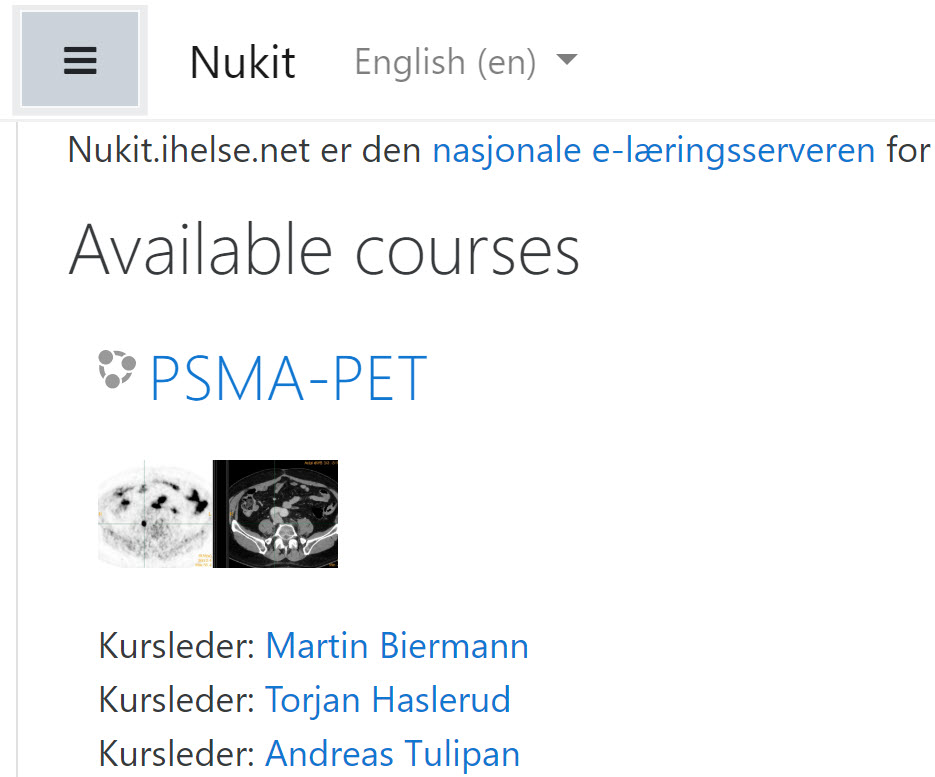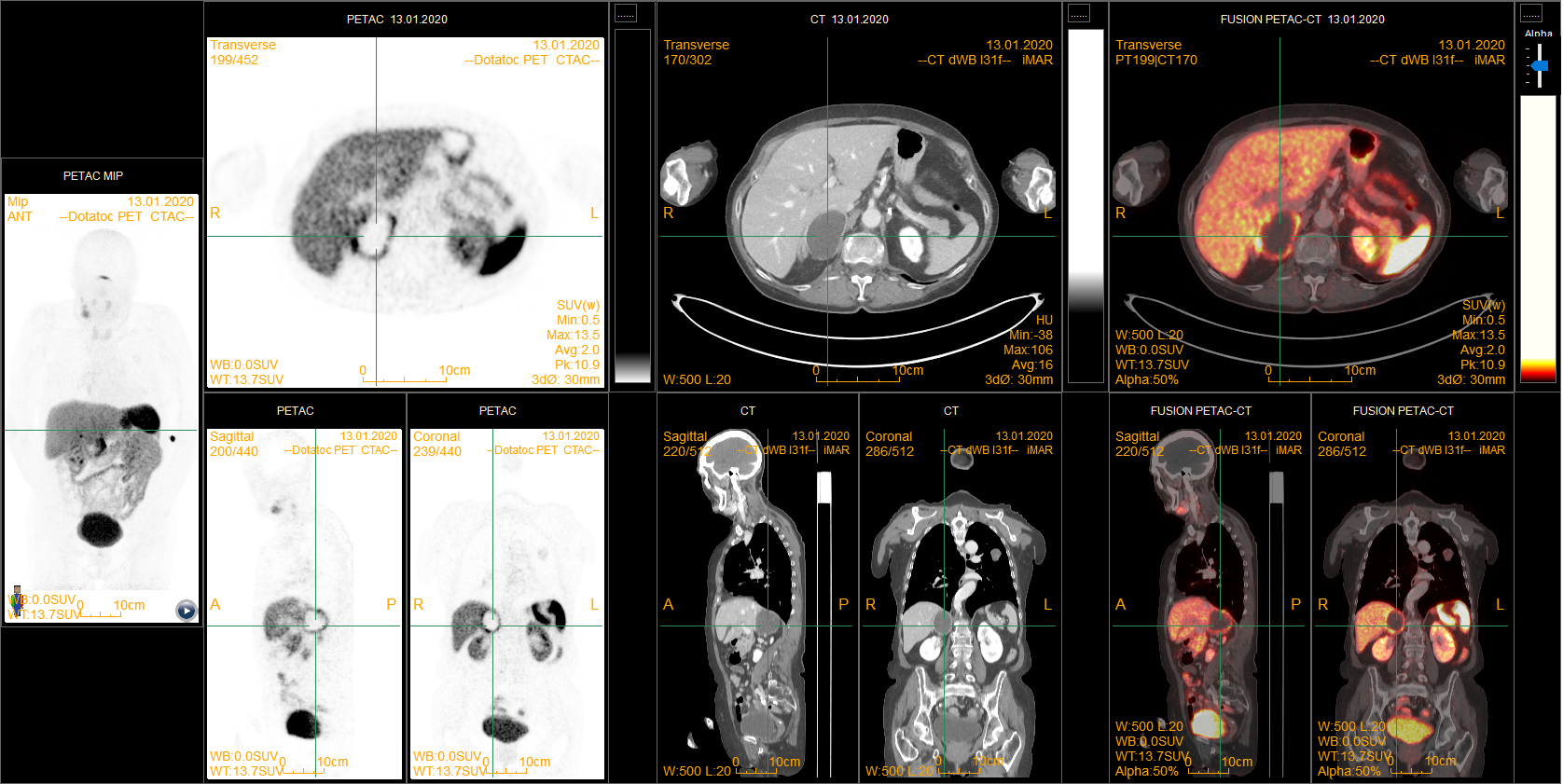One of the greatest challenges when arranging courses in nuclear medicine in Norway is that we are so few: approx. 25 fellows in training and about 30 specialists practising their profession, all of them spread over vast geographic area. Plenary courses are difficult to arrange since people have to be flown in. (It takes more than a day to travel from Bodø to Oslo by train…)
Today we launched the first Norwegian e-course for continuing medical education (CME; “etterutdanning”) in the Norwegian specialist health care system (“spesialisthelsetjenesten”).

We had seen record attendance in our national e-course in nuclear medicine under the COVID pandemic, therefore we wanted to be quick and launched our new course one day before Easter. Now we are waiting for feedback.

Amazing initiative, there is a huge need of nuclear medicine e-learning as the nuclear community is small and strongly needs to share knowledge over geographies.
The french society of nuclear medicine tried this kind of elearning platform but had trouble implementing it.
I think this nuclear medicine e-learning system will be a very good example to start an international project to share expertise accross countries
Dear Salim,
I agree with you – we should work together across national boundaries. Our next course for continuing medical education on DOTATOC-PET will be in English to facilitate just that. The unsolved problem – as yet – is how we can share anonymized cases in DICOM format.
As you are well aware (since you supported my student teaching project from day one), we have just launched a new, parallel client-server solution outside the Norwegian health network based on the network of the University of Bergen so that medical students continue to have access to PET/CT cases in native format even when they are locked out form the hospital due to the pandemic. However, this solution only works for students and employees of the University of Bergen.
Ideally the solution should be non-proprietary using open standards.